Meeting Recap: Fifty Fathoms: The Conception and Evolution of the Modern Diving Watch
Video recordings of lecture are available to members immediately (using your membership password), and the general public with a 2 month delay.
Jeffrey Kingston, Author & Lecturer for Blancpain Watches
October 1, 2018
Ask anyone today if they sport a diving watch because they’re avid fans of the underwater activity. Chances are far slimmer than those who simply like the look of the timepiece, but that wasn’t the case when diving watches first came on the scene in the 1950s.
The Horological Society of New York’s lecture series on October 1, 2018, was presented by Jeffrey Kingston, Author & Lecturer for Blancpain Watches, and focused on the conception and evolution of the modern diving watch.
Kingston commenced his lecture with the mere observation that diving as we know it today bears little resemblance to what it was in the 50s. What began as a military tactic after World War II and an extreme, dangerous sport for a niche audience is now associated with family vacations to the Caribbean.
In enters Blancpain, a Swiss watchmaking brand with Jean-Jacques Fiechter at the helm. A man belonging to the niche world of sport diving, Fiechter faced a dangerous roadblock when he lost track of time underwater and almost ran out of air. To combat future scares, Fiechter began to dream up a watch that would be able to tell time and record the beginning of dives to keep track of oxygen supply levels.
Because diving watches had not been invented prior, Fiechter had to work his way backwards, thinking of every question he would encounter, followed by answers to the problems. For example, there were no sealed chronometers at the time and watches of the era were small and not waterproof, let alone able to withstand meters underwater.
With time (no pun intended) Fiechter created the first diving watch and named it Fifty Fathoms as an ode to Shakespeare’s “The Tempest”.
It wasn’t long before news spread and militaries began inquiring about the Fifty Fathoms and adopting the innovation as a tool used during combat. The French were the first to commission Blancpain, followed by the Germans and eventually the United States Navy.
Blancpain’s Fifty Fathoms is a classic example of how the art, science and technology of horology aided in expanding the exploration of new frontiers. With equal parts curiosity and innovation, Fiechter was able to transition his vision from legend to reality and change horological history as we know it.
HSNY thanks Jeffrey Kingston for his fascinating lecture!
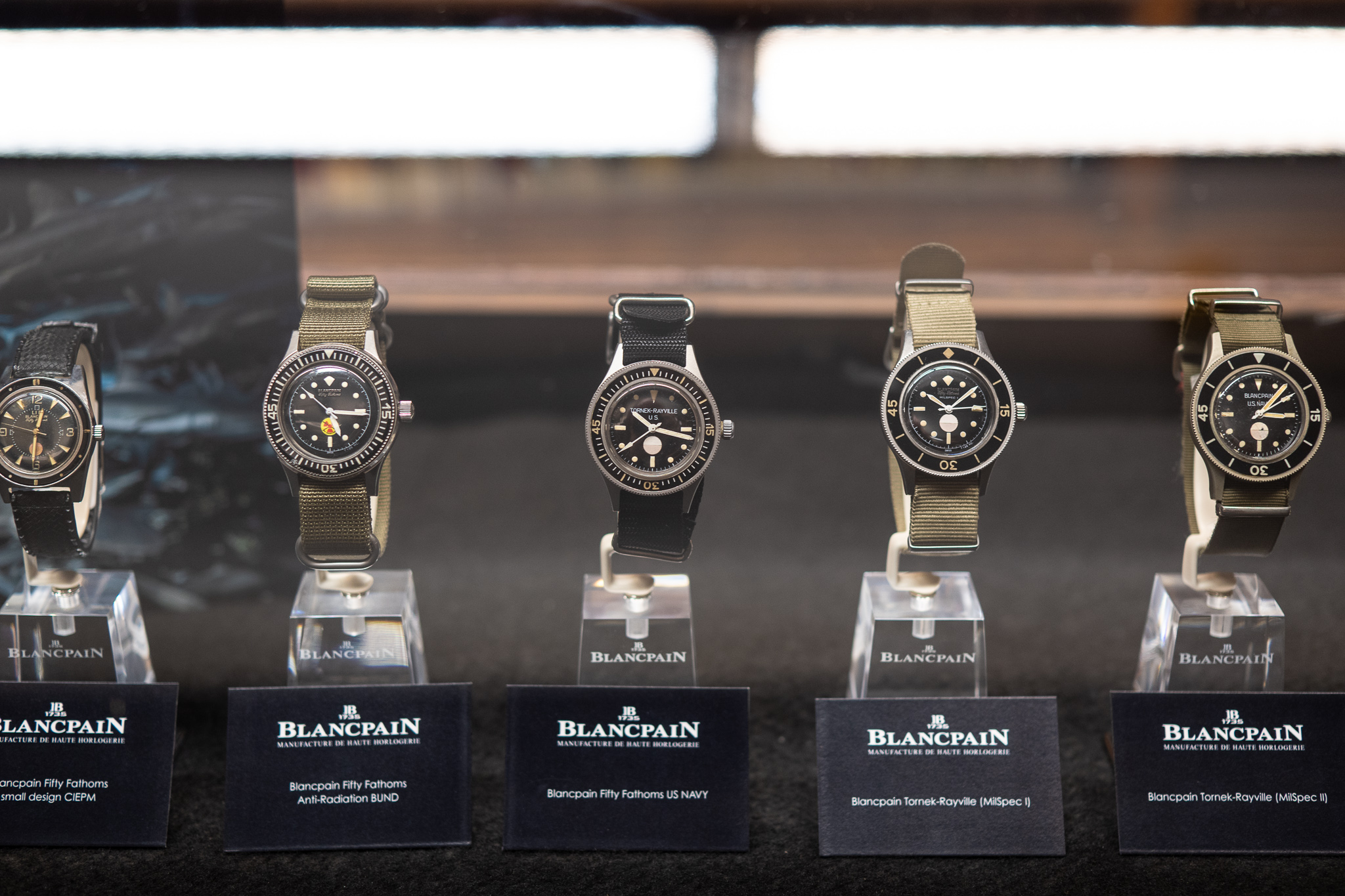
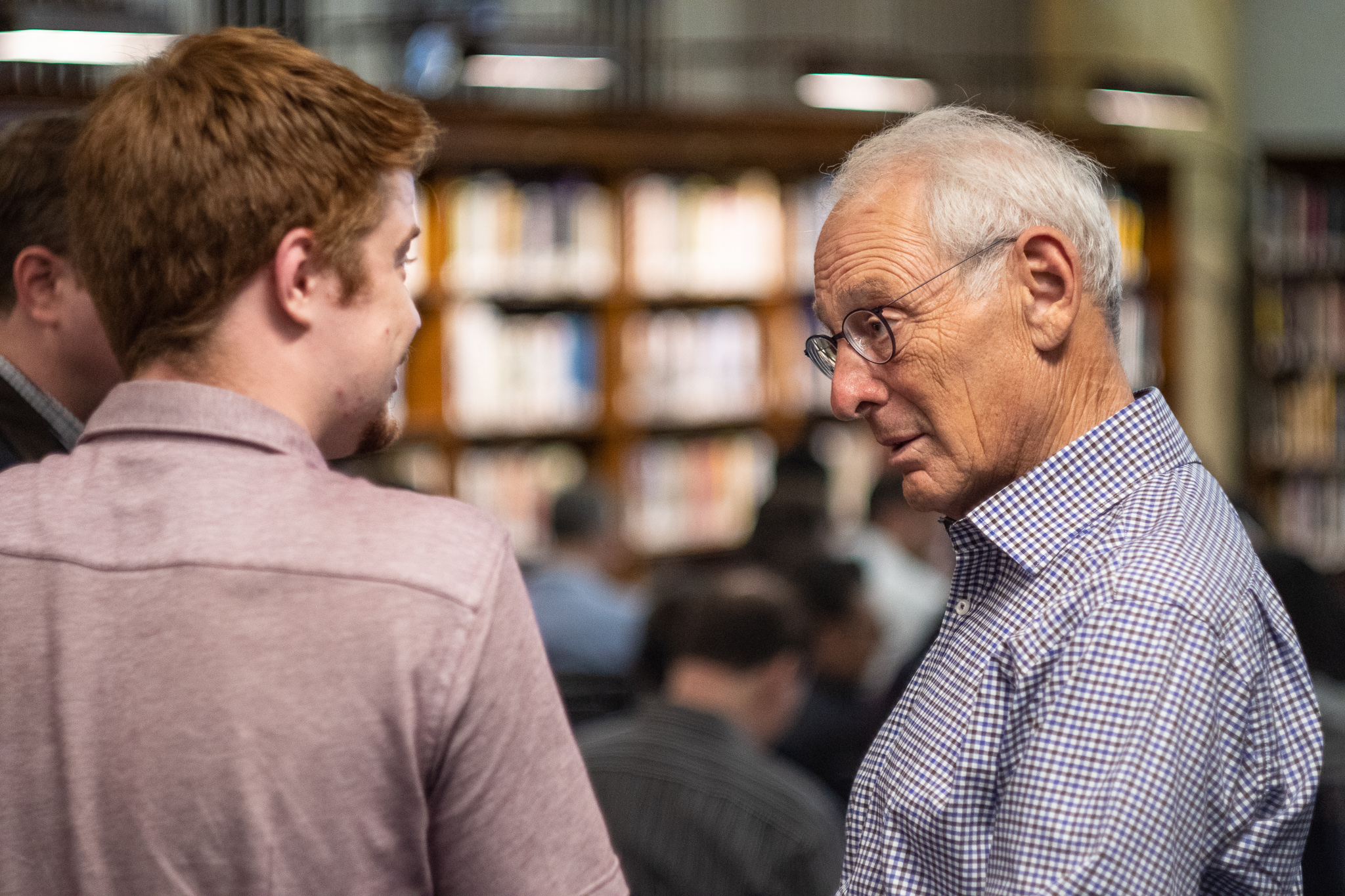
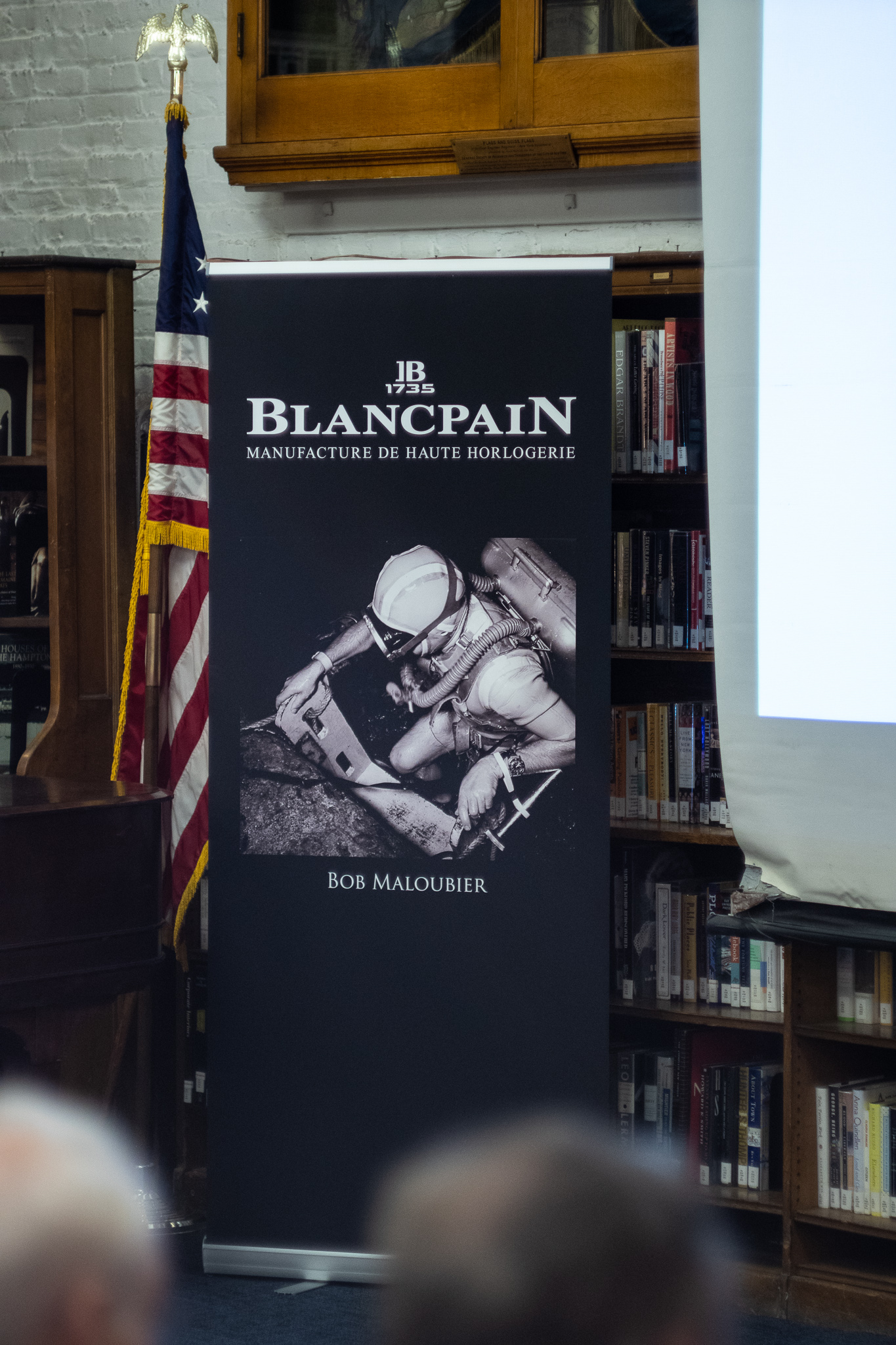
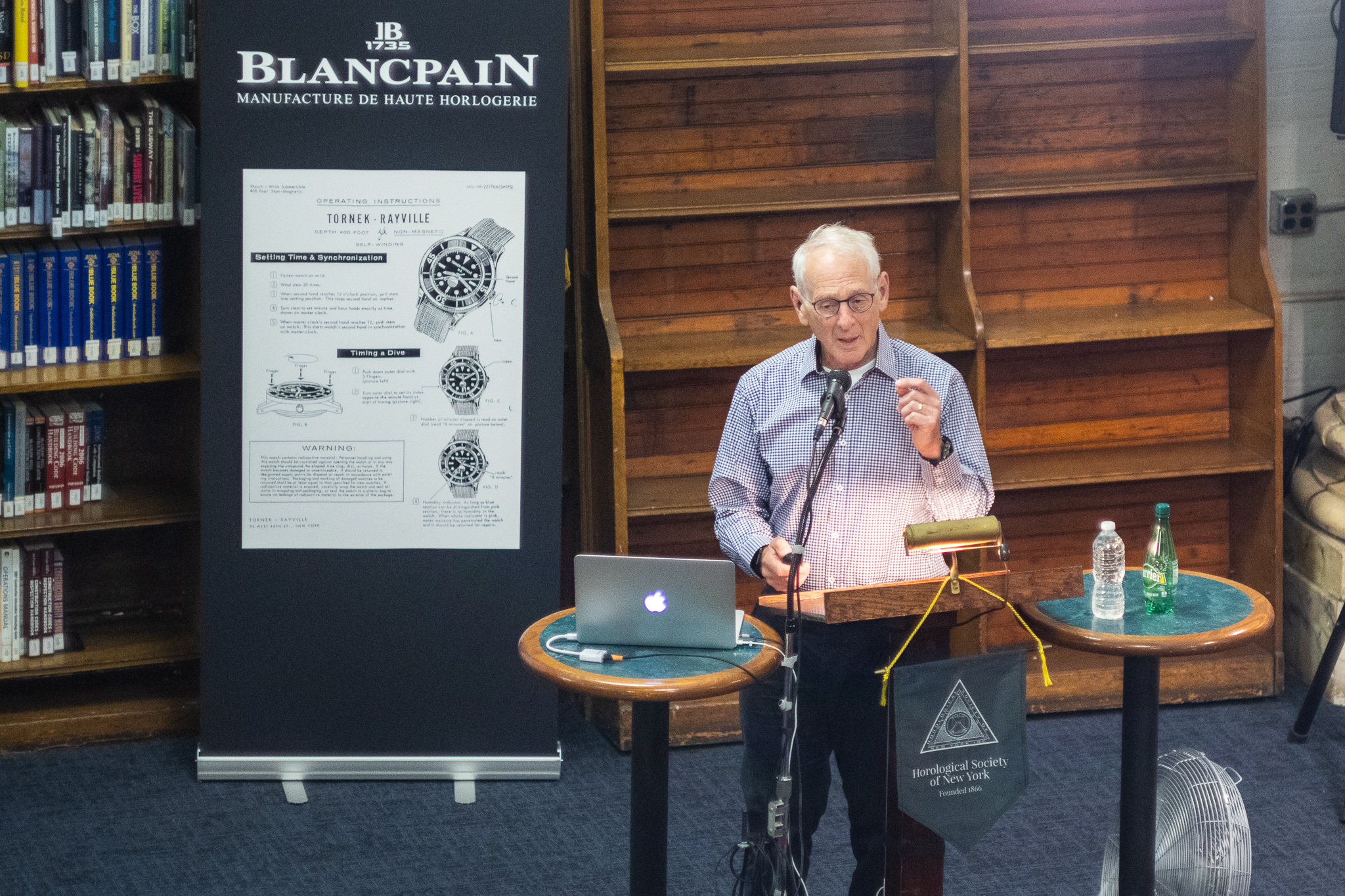
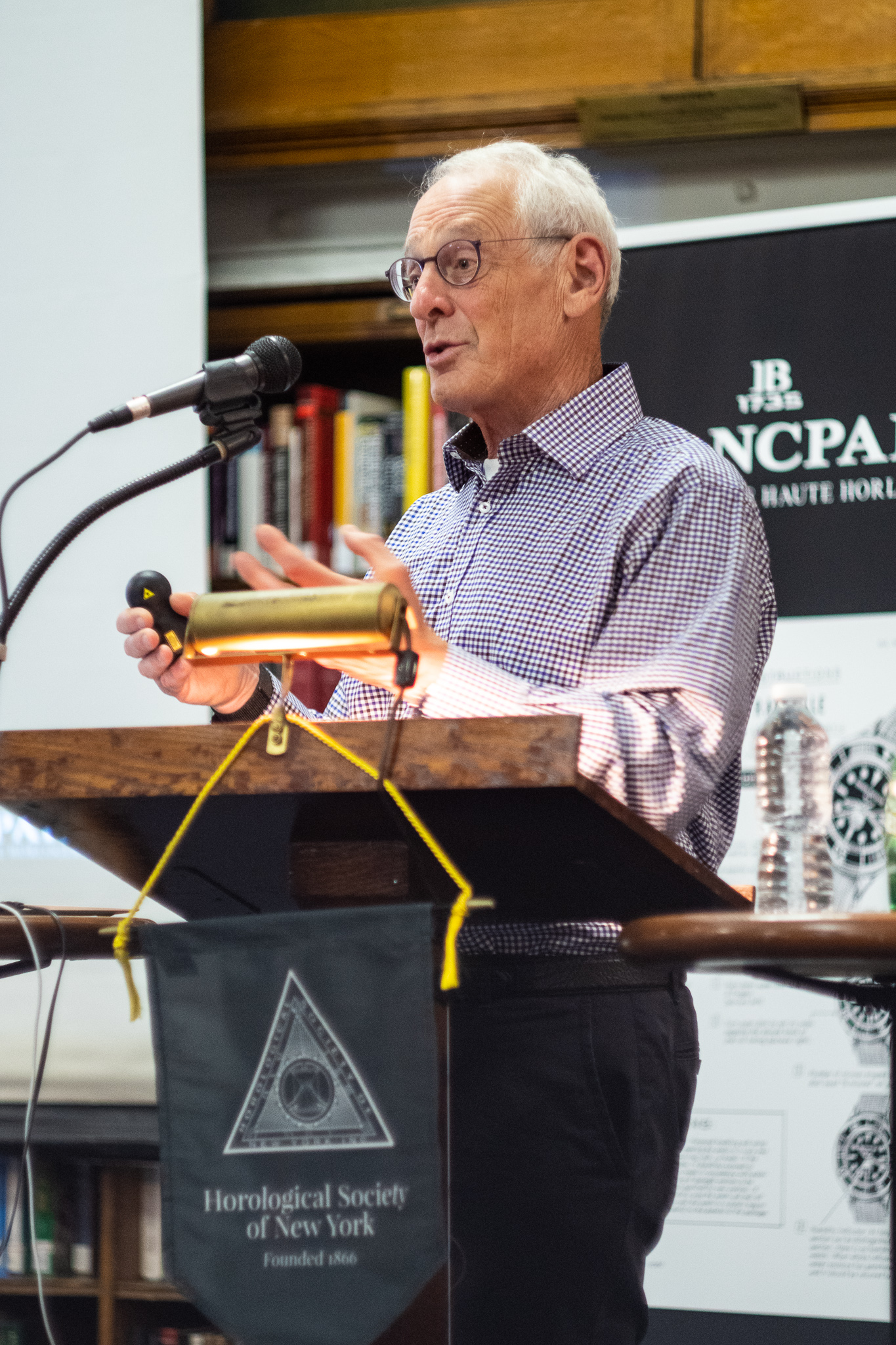
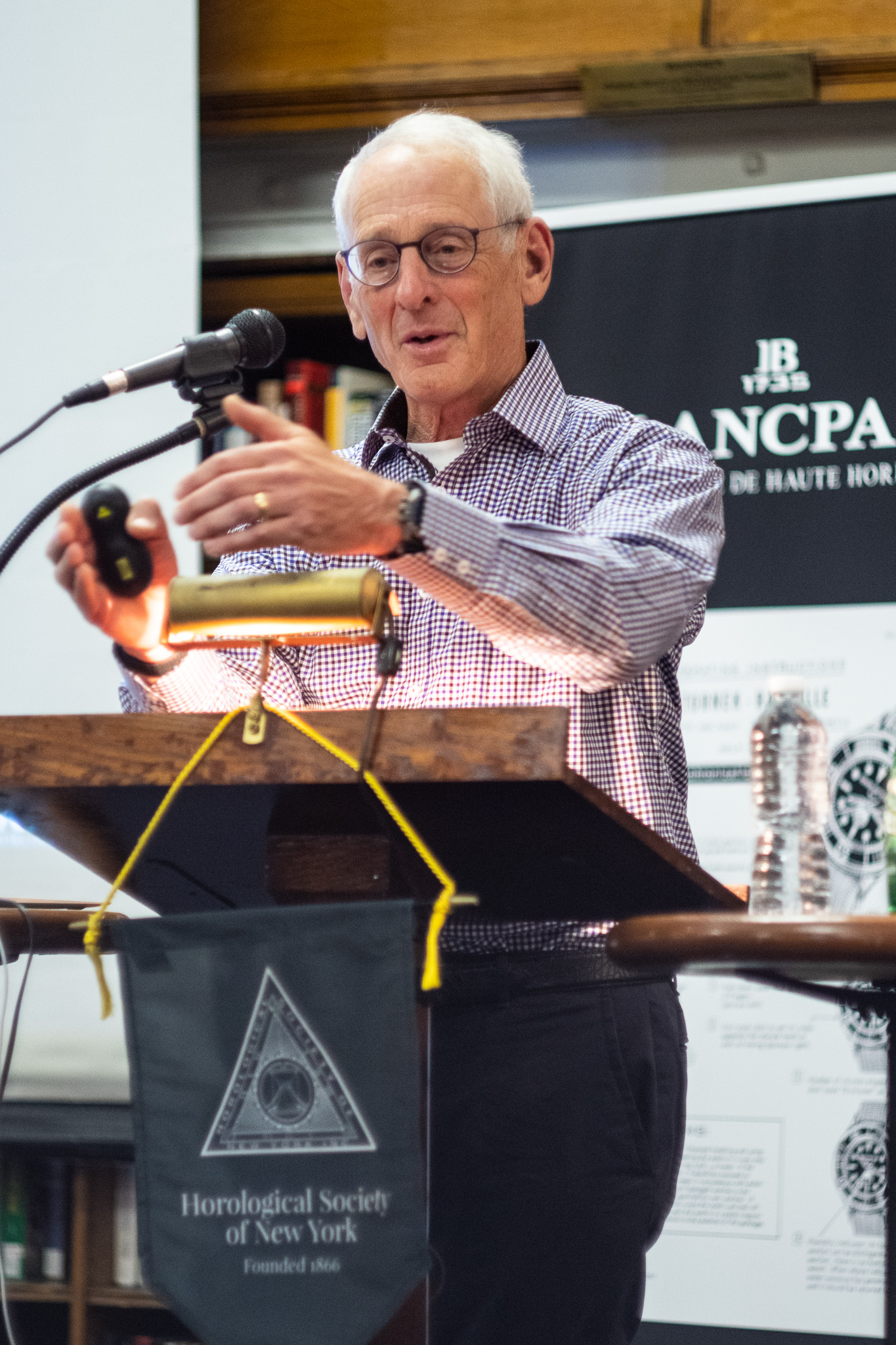

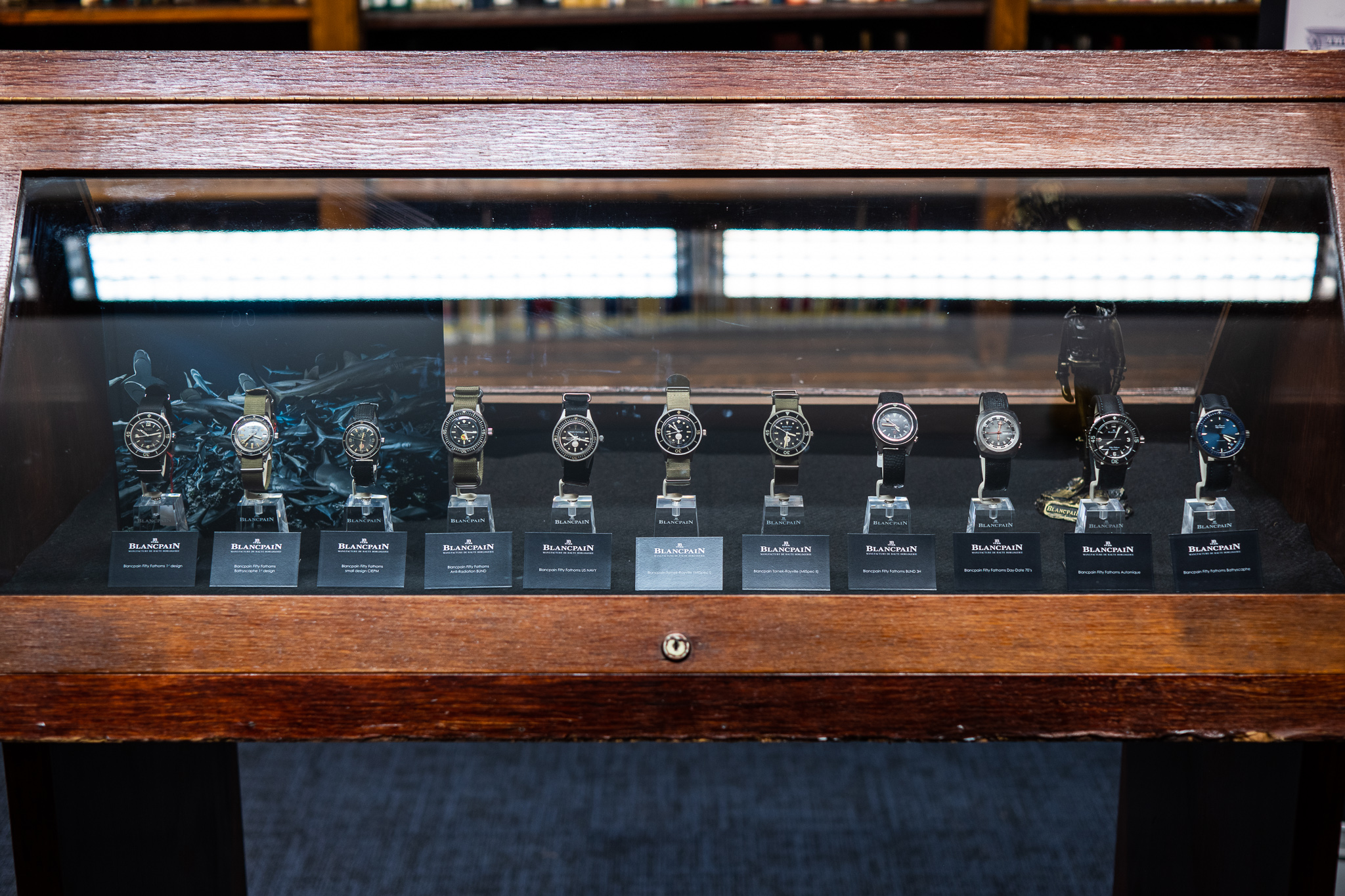
Photography by Atom Moore